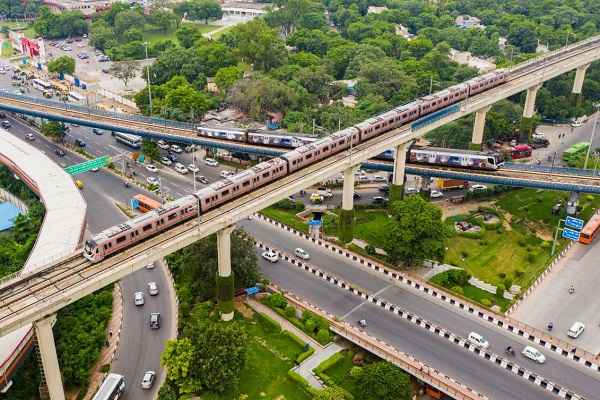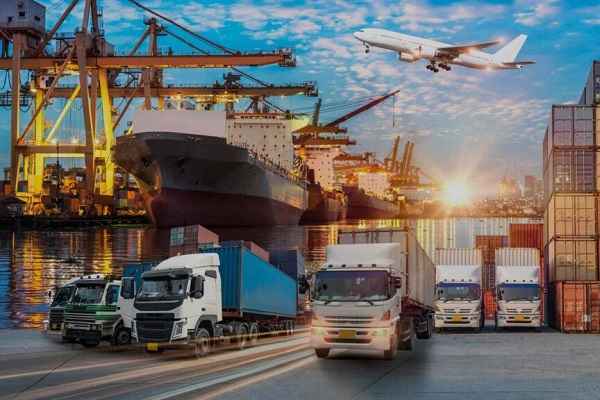 How Weigh-in-Motion Systems Are Revolutionizing Freight Safety
How Weigh-in-Motion Systems Are Revolutionizing Freight Safety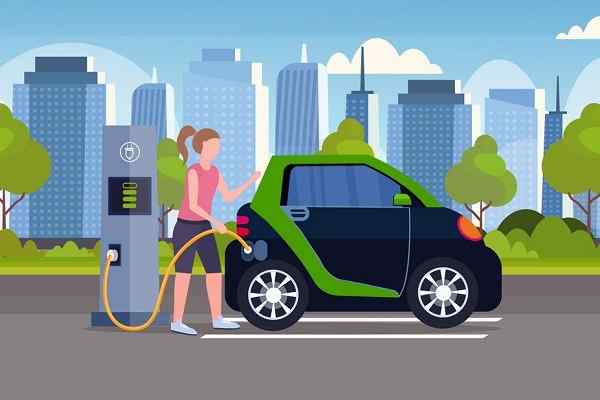 Women Powering India’s Electric Mobility Revolution
Women Powering India’s Electric Mobility Revolution Rail Chamber Launched to Strengthen India’s Global Railway Leadership
Rail Chamber Launched to Strengthen India’s Global Railway Leadership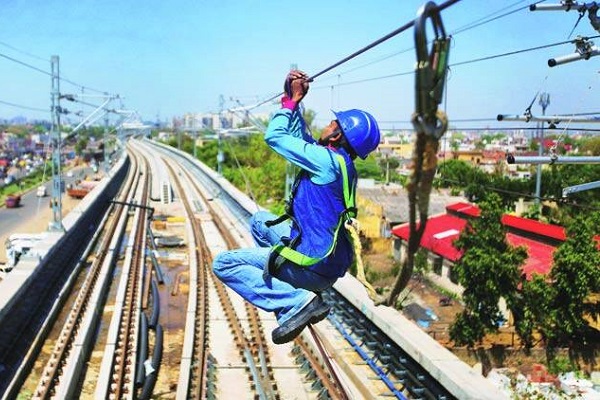 Wage and Hour Enforcement Under the Massachusetts Wage Act and Connecticut Labor Standards
Wage and Hour Enforcement Under the Massachusetts Wage Act and Connecticut Labor Standards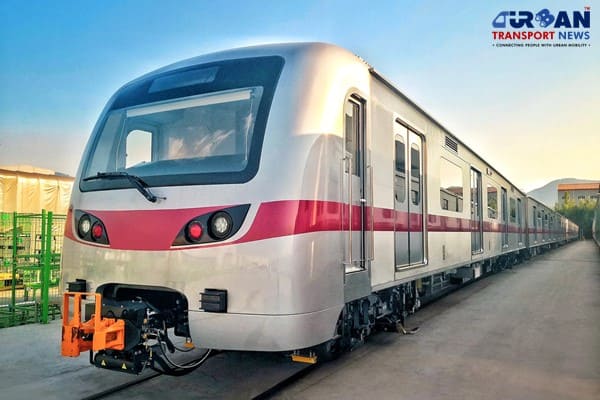 MRT‑7: Manila’s Northern Metro Lifeline on the Horizon
MRT‑7: Manila’s Northern Metro Lifeline on the Horizon Delhi unveils ambitious Urban Mobility Vision: Luxury Metro Coaches, New Tunnels and Pod Taxi
Delhi unveils ambitious Urban Mobility Vision: Luxury Metro Coaches, New Tunnels and Pod Taxi Qatar approves Saudi Rail Link Agreement, Accelerating Gulf Railway Vision 2030
Qatar approves Saudi Rail Link Agreement, Accelerating Gulf Railway Vision 2030 UP Govt plans to introduce Water Metro services in Ayodhya, Varanasi & Prayagraj
UP Govt plans to introduce Water Metro services in Ayodhya, Varanasi & Prayagraj India’s First Urban Ropeway begins Trial Run in Varanasi, Set to carry 1 Lakh passengers daily
India’s First Urban Ropeway begins Trial Run in Varanasi, Set to carry 1 Lakh passengers daily India and Bhutan to Build First-Ever Rail Link: ₹4,033 Cr Project to Boost Regional Connectivity
India and Bhutan to Build First-Ever Rail Link: ₹4,033 Cr Project to Boost Regional Connectivity
COVID-19 and its effects on Rail and Transport Industry
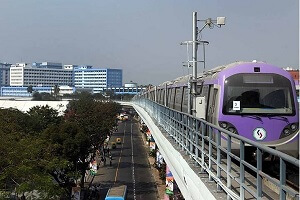
The COVID-19 is poised to become one of the most severe public health and economic crisis the world has faced in the 21st century. Along with the sweeping loss of human lives and labour productivity, the virus is likely to impact various sectors and general lifestyle over the long term. Most estimates show a significant contraction of the level of output in the financial year 2020-21.
The COVID-19 (coronavirus) outbreak will impact individual behavior pertaining to the way we work, consume, and travel. The combination of policies ranging from social distancing to lockdowns is expected to slow down or even completely stop production and consumption activities for an uncertain period of time and cause businesses in the hospitality and retail sector to close.
Many states in India have closed their borders and the Central government has imposed a curfew nationwide resulting in sharp reductions in transport demand. Public transport (railways, metros, airlines & buses) and shared mobility services (e.g. auto-rickshaws, and Uber/Ola taxis) are vectors for distribution of the virus (COVID-19) and will be severely affected by continued norms of social distancing. Despite the perceived risk and reduction in uptake of public transport presently, the sector needs to be encouraged in the aftermath of the virus for efficient movement of masses and reducing carbon emission.
In this article, I describe the effects of COVID-19 on the transport sector during and post lockdown, and a long-term action plan to augment the capacity of Public Transport for growth and handling such crises in the future.
Effects of COVID-19 on Public Transport during Lockdown
All modes of public transport are suffering severe losses due to their limited (if any) operability during the lockdown. The Indian Railways have stopped all passenger train services during the lockdown period and limited its freight train services with a reduction in demand for bulk commodities such as steel and cement, and disruption in supply chains. At present, the freight trains are plying at about 60% of their capacity. They have been particularly affected by a 26% reduction in coal-based power generation in India (Aggarwal, 2020) since the lockdown began.
The Indian Railways is the primary mover of coal from collieries to coal-based thermal power stations. It is estimated that Indian Railways will lose around Rs 12,500 crore - Rs 6500 crore from passenger traffic & Rs 6000 crore from freight services (Moneycontrol, 2020). Grounding of all international and domestic flights is expected to result in a loss of about 3-3.6 billion USD for the Indian aviation industry in the June quarter (Khindu, 2020). Within cities, local transit operators such as metros, city buses, auto/e-rickshaws, taxis, and cab aggregators have also stopped operations.
Urban freight segments in India have had a mixed short-term effect in terms of transportation demand. Since February, online food orders have dropped considerably, whereas online grocery orders are overflowing. The higher costs for frequent cleaning of vehicles and facilities have increased fixed costs and imposed an additional financial strain on all Public Transport companies at a time when there are zero revenues from passenger transport. Despite the acute strain on the different services, the public transport sector has chipped in to help combat the crisis in commendable ways.
In addition to ramping up parcel trains for movement of essential commodities (Press Information Bureau, 2020), the Indian Railways (IR) have provided isolation beds in about 5000 coaches for suspected coronavirus infected patients across the country and intend to increase this to 3.2 lakh isolation beds in 20,000 coaches (The Economic Times a, 2020). Most of the Indian airlines are also helping with logistics operation and offering to increase their cargo movements during this pandemic.
Air India, Indigo, Spice jet and Blue Dart have contributed to supply essential medical goods to places in need. Efforts by Air India to bring back stranded Indians from China, Japan, Italy, and Iran to India during the pandemic are laudable. In Delhi, 25% of the DTC buses continued to ply to facilitate the movement of people involved in essential services (The Economic Times b, 2020).
Effects of COVID-19 on Public Transport Post Lockdown
Even as public transport services are expected to resume in the coming month, it is unlikely for the threat of the virus (COVID-19) to subside so quickly. With the development of an effective vaccine still works in progress, the fear of contracting the virus along with government recommendations to exercise social distancing will affect the mode of transport people choose and how frequently they travel. On the one hand, commuters might avoid crowded modes of transport such as buses, metros, and trains; and the perceived health risks might incentivise the use of personal vehicles. This would increase traffic congestion and vehicular pollution.
On the other hand, the demand for transport will reduce as consumers are expected to avoid visits to shopping complexes and movie theatres, eating out; and opt instead to shop online, stream movies online and order food through delivery apps. The practice of working from home will now be a more accepted and common part of professions in the service sector, reducing daily commuters. In addition, travel outside the city or country for meetings and conferences is expected to fall, and be replaced by online meetings and video conferences.
To address the shift in commuters’ behaviour and to regain their confidence in public transport, it is essential for public transport companies to undertake measures to safeguard the safety of commuters and vehicle operators.
Plan for Coordinated Effective measures
In anticipation of similar health risks and for the sake of improved public health and hygiene, transport departments and companies should plan for the safety of the staff and passengers by adopting the following measures.
First, staff should be equipped with protective gear such as face masks, hand sanitizers, and gloves.
Second, proper disinfecting procedures should be created and the staff trained on the same. The hygiene of public transport stations and vehicles should be monitored with routine inspections.
Third, an anti-viral/anti-bacterial coating of all frequently touched surfaces within trains, stations, aircraft, buses, and taxis should be done.
Fourth, reduce human contact through digital ticketing and verification procedures in all public transport systems.
Fifth, increase distance between passengers to minimise the risk of infections. Reducing occupancy of public transport vehicles is an important step in this direction.
In order to help reduce congestion during peak hours, government and corporate offices should stagger their work timings, encourage virtual meetings & conferences, and work from home. These steps will help in building confidence among commuters and recovering demand for these services.
Long Term Action Plan for Future Growth and to cope with similar crisis
While the pandemic has severely impacted the transport sector, the government should consider investing in increasing the capacity of public transport for the following reasons.
First, it would create jobs and help revive the economy and tackle unemployment in the aftermath of the virus. Second, public transport is key to improving air pollution by a reduction in greenhouse gas emissions, and road accidents in cities. As per the statistics published by the Ministry of Road Transport & Highways (2018), 17,709 deaths were recorded in 2018 from road accidents in million-plus cities. Therefore, I recommend the following ways to improve the capacity of the Public Transport sector.
First, augment the rail network (with speed potential of 160-200 km/h) in high-density corridors, especially on golden quadrilateral routes (which carry more than 55% of the total traffic of Indian Railways). This will reduce overcrowding of trains on these oversaturated routes.
Second, expand the suburban railway networks in metropolitan cities, particularly in Mumbai. The Mumbai suburban railway carries 7.5 million commuters per day and is one of the busiest commuter rail systems in the world. During peak hours, these trains carry 14 to 16 passengers per square metre of floor space while the recommended capacity is of four passengers per square metre. It is, therefore, imperative to expedite the execution of works under the Mumbai Urban Transport Project (MUTP) Phase 3 & 3A, to reduce peak-hour loads in suburban trains.
Third, develop the Regional Rapid Transit Systems (RRTS) connecting regional centres for improved mobility of commuters and to decongest the overcrowded cities.
Fourth, construction or expansion of metros in million-plus cities, along with induction of electric bus fleets that will lead to faster movement of masses with less crowding and reduce the pollution level.
Fifth, incorporating cycling/walking lanes in planning urban transport network for last-mile connectivity.
Sixth, digitalisation of public transport systems in major cities to improve ticketing and real-time ride information.
I’ll conclude by echoing the words of Rahm Emanuel, White House Chief of Staff to President Barack Obama, "Never let a serious crisis go to waste. And what I mean by that it's an opportunity to do things you think you could not do before." COVID-19 provides a much-needed opportunity to Railways and Public Transport companies to provide long-term oriented competitive, comfortable, reliable, sustainable, and safe public transport for India’s future growth by improving safety and hygiene protocols, increasing frequency while reducing occupancy, and switching completely to e-payments and automated ticket checking.







